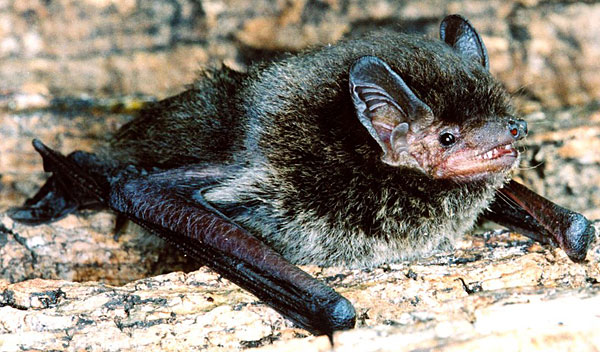Pipistrellus tenuis
Least Pipistrelle
Xiao FuyiMorphological description Life history Distribution Habitat Roost sites and roosting patterns Emergence and flight pattern Foraging behaviour Echolocation calls Status and protection
Photo by C.T. Shek, Hong Kong
Morphological Description
· Dorsal fur is medium to dark brown. Ventral fur paler: hair tips buff with darker brown bases (Smith & Xie 2008).
· Forearm length 25-31 mm.
·Tragus slightly curved.
Life history
·Pregnant females collected throughout the year, though there are likely to be two peaks of reproductive activity in tropical regions (Smith & Xie 2008).
Distribution
·Found in south east China, including Hainan. Extends west to Afghanistan.
Habitat
· Found in a wide range of habitats including towns and villages.
Roost sites and roosting behaviour
·Roosts found in attics, under roofs, in crevices in walls. Sometimes roosts in foliage. Colony size often small, usually < 25 (Smith & Xie 2008).
Emergence and flight pattern
· Little known.
Foraging behaviour
·Feeds on small insects over clearings and fields and in forests (Smith & Xie 2008). Often hunts close to ground (Shek 2006).
Echolocation calls
·Not known.
Status and protection
· In China considered RL-LC. Globally Least Concern , population trend stable (IUCN 2008).
· Houses and buildings should be protected as important roost sites. Treelines and hedgerows may be important for commuting and feeding.
